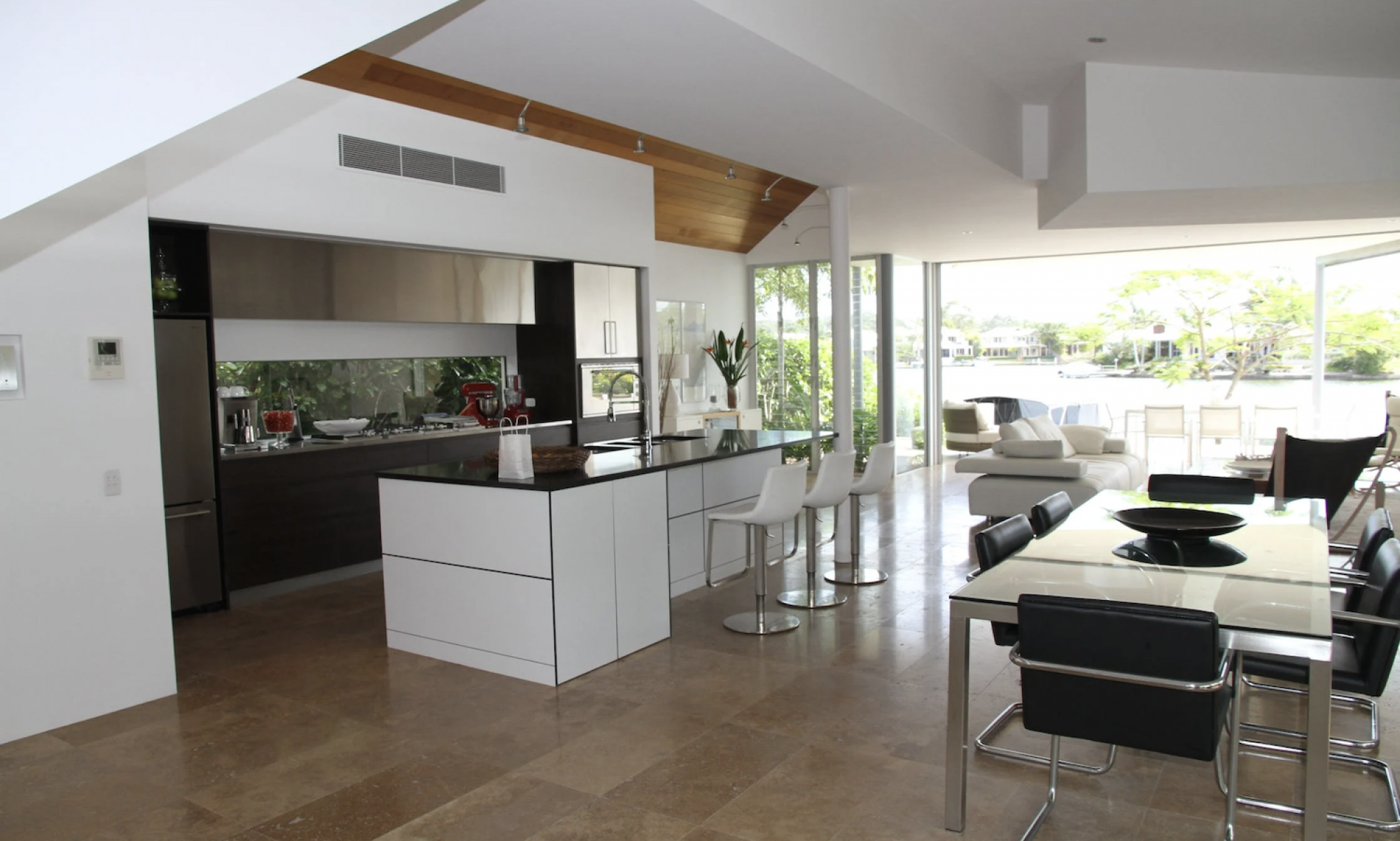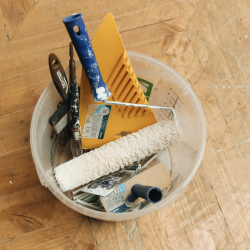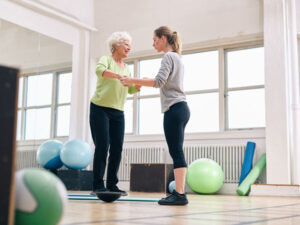As the population ages, the demand for home renovation projects that cater to the needs of the elderly is on the rise. Home contractors play a crucial role in creating spaces that not only look aesthetically pleasing but also prioritize functionality and accessibility, especially for older individuals. In this blog post, we will explore the importance of incorporating mobility training for the elderly into home renovation projects, providing insights and tips for contractors to enhance their offerings.
The Growing Need for Elderly-Friendly Spaces
With a significant portion of the population entering their golden years, there is an increasing demand for homes that are adapted to the unique needs of seniors. Mobility challenges are common among the elderly, ranging from difficulties in walking to the need for assistance with daily activities. Home renovation projects that address these challenges can greatly improve the quality of life for seniors and contribute to their independence.
Understanding Mobility Training
Mobility training involves creating spaces that are not only accessible but also promote physical activity and movement for the elderly. It goes beyond the installation of ramps and grab bars; it encompasses a holistic approach to design that considers the specific needs and limitations of seniors. This includes optimizing floor plans, choosing appropriate flooring materials, and integrating technology that aids mobility.
Key Elements of Mobility-Focused Renovations
Accessible Entrances
The first step in creating an elderly-friendly home is ensuring easy access. Contractors should consider installing ramps, widening doorways, and eliminating steps at entrances. This not only facilitates the use of mobility aids like wheelchairs but also ensures a smooth transition for those with limited mobility.
Thoughtful Flooring Choices
Flooring plays a crucial role in mobility within a home. Slip-resistant surfaces, level transitions between rooms, and the elimination of high-pile carpets can make a significant difference. Contractors should prioritize flooring materials that are easy to navigate with walkers or wheelchairs while maintaining a comfortable and visually appealing environment.
Ergonomic Interior Design
The layout and design of interiors should be conducive to easy movement. Contractors can incorporate open floor plans, wider hallways, and strategically placed furniture to create a seamless flow. Additionally, the selection of furniture that is easy to maneuver around can greatly enhance the overall mobility experience for seniors.
Smart Technology Integration
Incorporating smart home technology can further enhance the mobility of elderly individuals. This includes voice-activated controls for lighting and appliances, automated doors, and sensors that detect movement. Such technologies not only improve accessibility but also contribute to a sense of independence for seniors.
Overcoming Challenges in Mobility-Focused Renovations
While the benefits of mobility-focused renovations are clear, contractors may encounter challenges in the implementation process. These challenges could include budget constraints, regulatory requirements, and the need for specialized knowledge. However, overcoming these challenges is essential for contractors aiming to meet the growing demand for elderly-friendly home renovations.
Conclusion
In conclusion, home contractors have a unique opportunity to make a positive impact on the lives of the elderly through thoughtful and innovative renovations. By integrating mobility training into their projects, contractors can contribute to the creation of spaces that not only accommodate the unique needs of seniors but also empower them to lead fulfilling and independent lives within their homes. As the demand for such renovations continues to rise, contractors who embrace mobility-focused designs will not only meet market expectations but also play a vital role in fostering inclusive and accessible living spaces for all.


